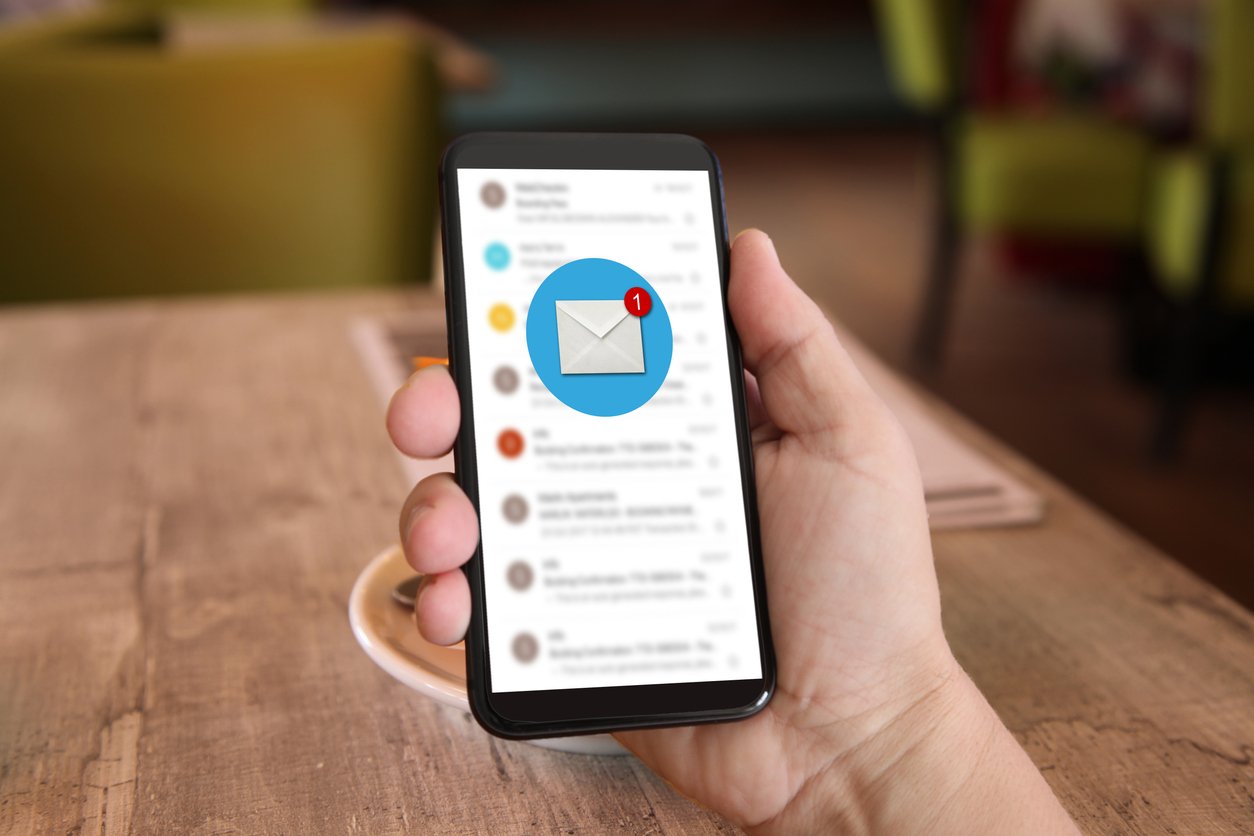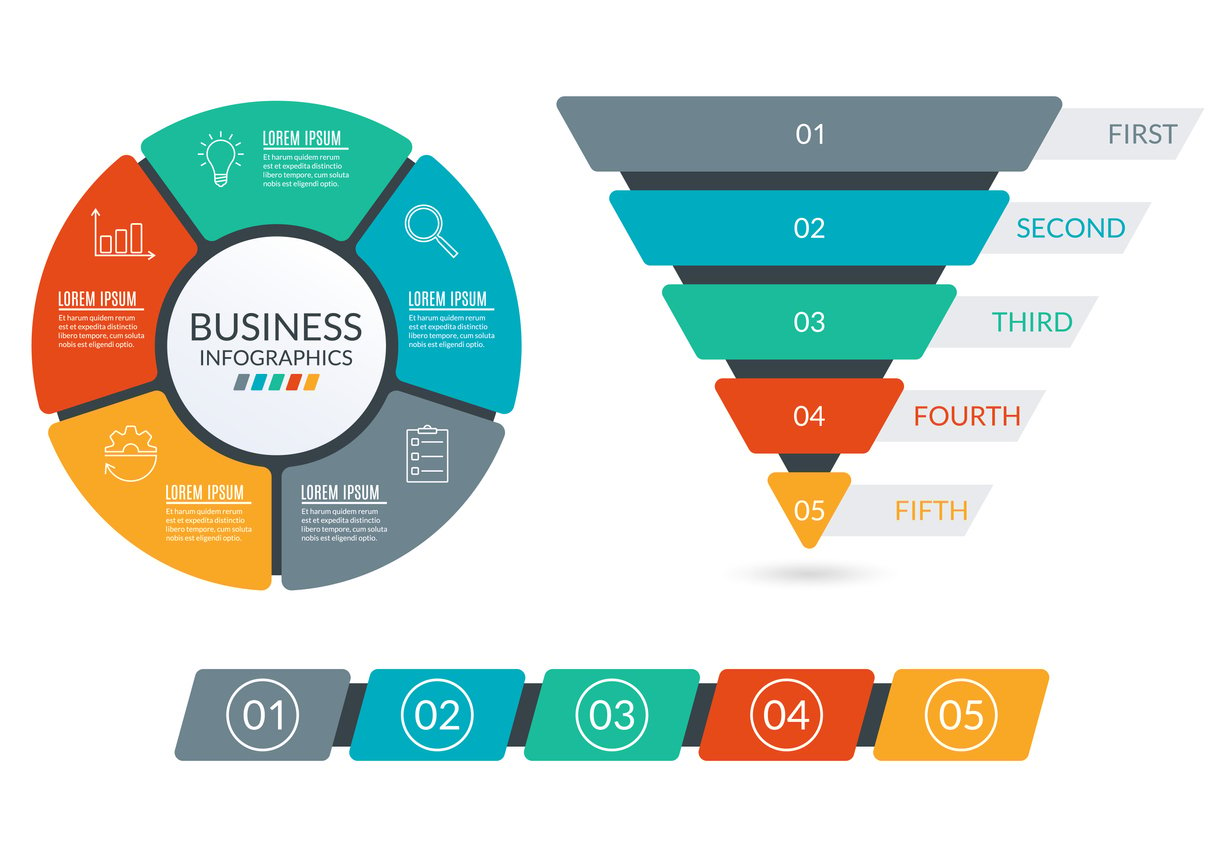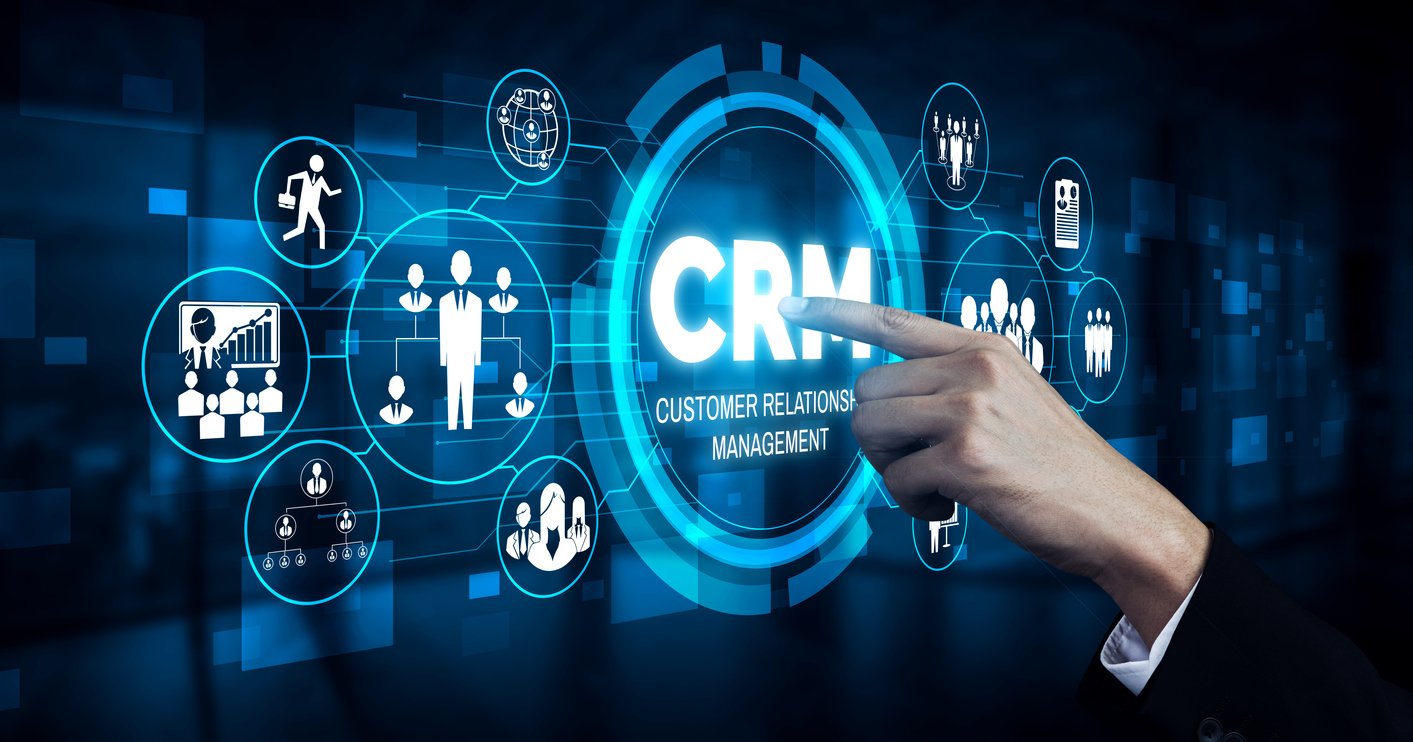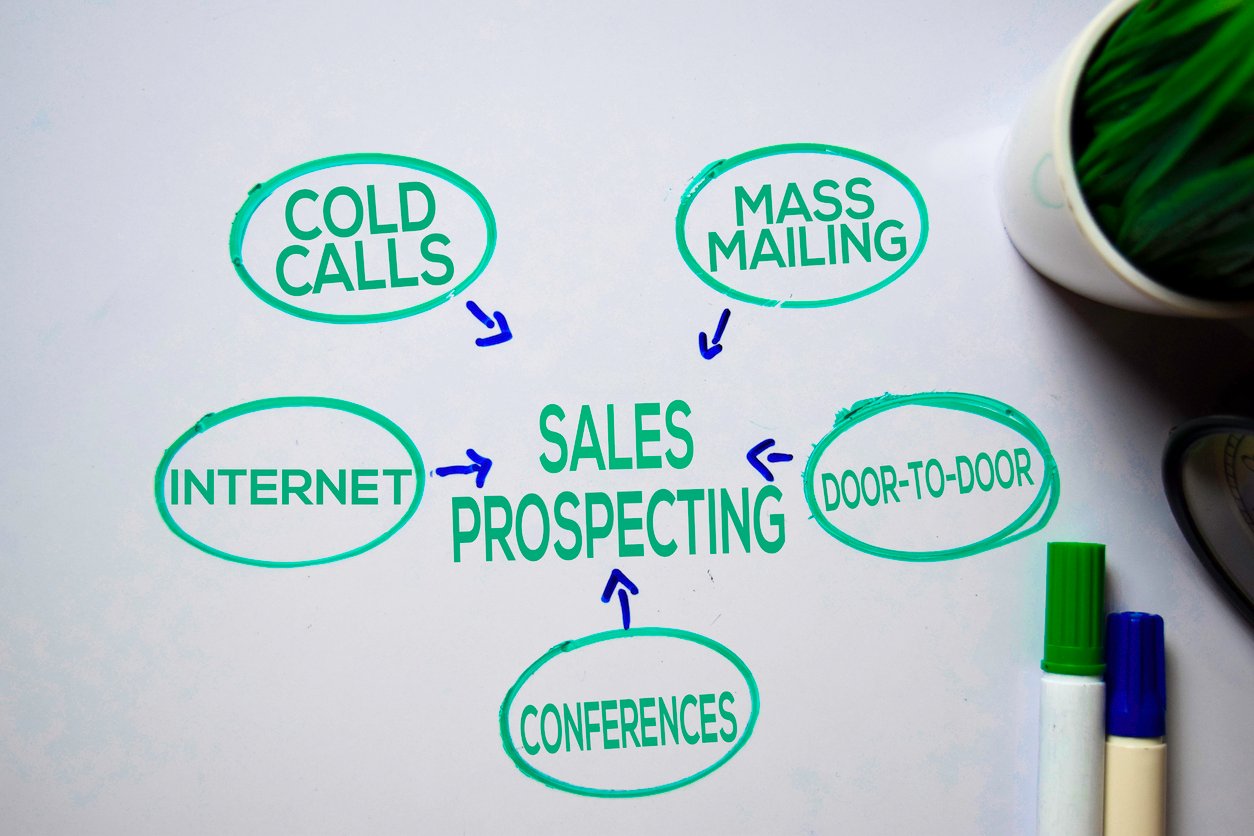
Inbound vs Outbound Sales for Modern Business: Comparison & Pro Tips
 Updated on
Updated on
By Ringy
Table of Contents
Table of Contents
Struggling to decide between outbound and inbound sales?
It’s not just that everyone has an opinion, it’s that the opinions are strong, divided, and often conveniently siding with whatever that person is trying to sell you.
Not too helpful for you or your business.
But still, you have a budget to work with and important decisions to make, so you need to settle the age-old inbound vs outbound sales dilemma once and for all.
What are their benefits and drawbacks? What’s the final verdict, and why? Do you really have to pick a corner?
All valid questions we’re about to answer.
We’re not just going to give you a one-size-fits-all solution.
By the end of this article, you’ll be able to weigh out your options and discern the best route for your business.
Let's get ready to rumble! *
In the Red Corner: Inbound Sales
What is inbound sales?
Inbound sales, in the simplest possible terms, is the tactic that sets the stage for and leads the prospect to initiate contact with your company and not the other way around.
Um, you mean a dream come true? How does this work?
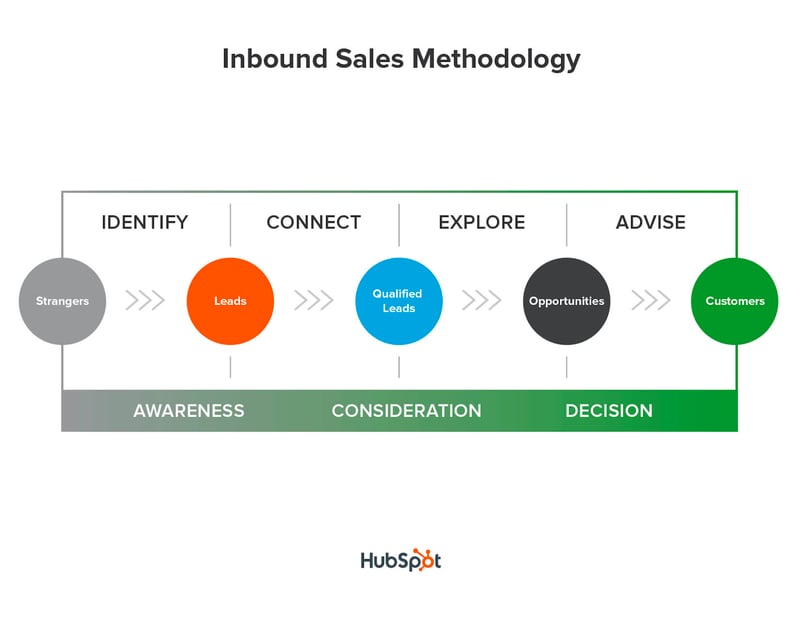
This is the play-by-play:
- The prospect looks up a question or pain point
- They start inhaling all kinds of content about it
- Your blog, video, etc. answers their questions, introduces them to your company, and immediately earns you “helpfulness” points
- They sign up for a consultation/your newsletter/otherwise give you their contact information – willingly because they’re already primed for it and want more of your stuff
- You email or call them and it’s not awkward or, well, cold
The inbound sales method operates by attracting the prospects who are already actively looking for the solution you’re offering by giving them all the relevant and helpful information.
The pros and cons of inbound sales
These are the key points to remember:
- You get high-quality prospects who are ready for your help
- You’re immediately valuable to their lives in a tangible way
- This positions you as a trustworthy expert in your industry
- The sales process isn’t pushy or disruptive – they come to you warm
And if avoiding the cold call awkwardness isn’t enough for your consideration…
Here’s a summary of the pros and cons:
|
Pros of inbound sales |
Cons of inbound sales |
|
|
3 proven inbound sales strategies
In the interest of wasting as little of your time as possible but still giving you the meat of the matter, we’ll go into (only) the three most important inbound sales strategies.
1. Be an advisor and not just a seller
The appeal of inbound sales to your clients and prospects is that they immediately get some help from you.
Whether that’s an answer to a burning question, a helpful tip, a comprehensive breakdown of a challenging topic at the top of the funnel, or a more tailored, customized service later down the line.
Focusing on being useful first and foremost is the core of inbound sales.
Ah, “provide value.”
No one’s ever recommended that before.🙄
But how?
You gotta have three things down:
- Know exactly what your prospects’ problems are (outreach, tracking, and analytics can help you there)
- Have a solution (redirecting them when you don’t have the answer is already a big win because it shows you put them first and gains their trust)
- Track your efforts and the outcomes (knowing what worked before can help you be a better advisor on the spot every next time)
It’s only labor-intensive without a CRM.
Pro tip 1: Tie your inbound sales process with your inbound content marketing strategy and adhere to CRM best practices for best results.
2. Align your internal sales process with your buyer’s journey
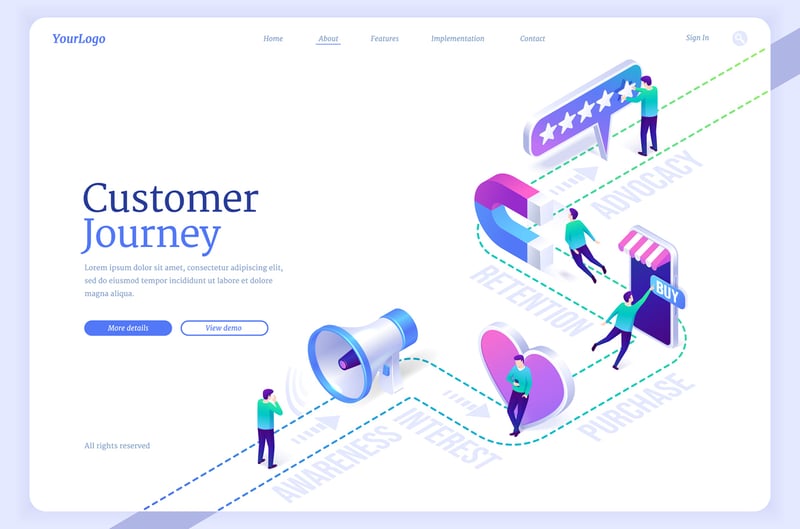
Attribution talk time. Do you know which road your prospects take from not knowing you exist to becoming loyal customers?
Probably not.
Don’t yell! We’re not blaming you – these days, it’s almost impossible to tell:
- 41% of B2B decision-makers read 3-5 articles before interacting with a salesperson (and 90% never respond to cold calls/emails)
- 73% of people rely on multiple sources to help them make decisions, and 75% take more time for research
- 90% of people start their buyer journey online
People turn to social media, peers’ recommendations, online content, and other channels for insights.
Better still, there’s usually more than one decision-maker involved in the process and they all do their diligent research.
The cherry on top?
They expect you to guess how they got there, have what they need, and immediately respond to their call.

Your sales funnel needs to account for the ambiguity by anticipating traffic from multiple channels, connecting your sales and marketing pushes and using a platform that ties these loose ends into a cohesive system.
Have we mentioned you should be using a CRM yet? Okay, just checking.
3. Use data to drive meaningful conversations
Insights and reports are your yardsticks.
Given how people look all over the web to find useful information, you need to be on top of it and show your expertise by participating in the dialogue.
Since they expect seamless communication across channels, you have to unify the data into a centralized system where a sales rep can continue right where customer service left off.
Then there’s your performance.
Because you have to track how well your attempts are panning out to know how to improve them, right? And to compare it with competitors’.
Forget dogs and jewelry.
Regular reports and analytics are the inbound salesman’s best friend.
They can help you:
- See what everyone’s talking about so you can join in
- Jump at opportunities your competitors are missing
- Sleep at night because you’re not guessing, you know
Especially when your reports are visually presented and updated in real-time.
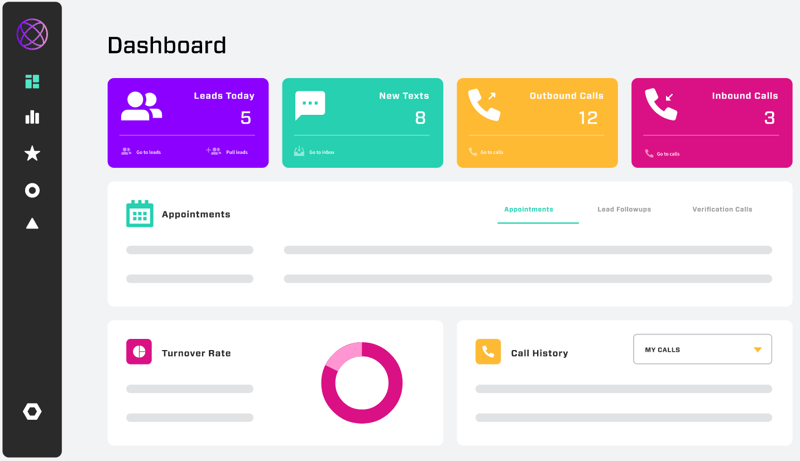
Remember: Inbound sales are all about leaving the breadcrumbs for your prospects to find you.
You’re not about to waste time and blow your budget to cover acres of internet land.
So, the next best thing you can do is strategically form trails based on where your prospects are readily waiting.
In the Blue Corner: Outbound Sales
What is outbound sales?
Outbound sales is pretty much what you imagine when you hear the word “sales” – it’s initiating the process yourself by prospecting, generating leads, nurturing, and closing them.
Lassoing anyone who walks and talks like a potential customer into your sales cycle.
Outbound sales meaning could include strategies like cold calling and emailing prospects and then doing the standard sales thing – following up on them and trying to eventually sell.
What’s outbound about it is mostly the initial contact. Here, you have to do the dirty work yourself.
This doesn’t necessarily mean that inbound is easier. Just that the type of work and the dynamic of your sales process are different between the two.
Outbound sales strategies are pretty straightforward:
- Identify a target audience that’s not aware of/hasn’t had prior contact with your company
- Contact them via phone, email, or text to offer them something – a service, product, meeting, demo, etc.
- Follow up multiple times if the initial contact wasn’t enough
- Nurture them until they’re ready to buy/leave the sales process
This strategy lets you get through a large number of prospects and gather feedback fast so you can quickly see what’s working and what needs to improve.
The pros and cons of outbound sales
Outbound sales is the traditional kind, but there are definitely modern-day worthwhile ways you can approach it.
Before we get into it, here’s the good and the bad of the situation:
|
Pros of outbound sales |
Cons of outbound sales |
|
|
3 proven outbound sales strategies
Because we don’t want you to be assuming outbound sales things that don’t reflect current best practices.
These tactics still yield serious results when done right and in the appropriate context.
1. Spend more time dialing and selling
Seem too obvious?
Think again — the data shows that salespeople only spend 11% to 35.2% of their time selling.
The rest of their average day is obliterated by writing emails, manually inputting customer data, and doing other things that don’t really require human labor when you think about it.
That’s why we have tools like Ringy: to slash the work in half with automation and optimized processes.
Of course outbound sales is going to be hard and have low conversions if you’re wasting so much of your time in preparation instead of in the main action.
With Ringy, you can do better:
- Leave administration to robots and use the newfound time selling
- Spend more time perfecting your pitch and closing deals
- Do coaching within the calls for maximum productivity and hands-on learning
- Use templates and personalized drip campaigns to nurture leads until they’re ready for you
- Increase your profit while essentially doing less
Yeah, we’re blowing our own horn a little bit.
But if you don’t understand why, go through these bullets again. We can wait.😉
2. Target the right people on the right channel
Again with the obvious strategy?
Yes, but sales teams get so caught up in the dialing and the KPIs that they often forget to take a step back and think — who am I targeting and how will I prove to someone that doesn’t know anything about us that we’re the solution they’ve been waiting for?
To the drawing board.
Yes, outbound sales is intrusive by nature. Yes, you’re approaching people who previously showed no interest in your company.
But that doesn’t mean you should approach just anyone on the street.
This is a losing strategy because the time you’ll spend trying to change the minds of people who don’t need your product could be spent appealing to customers who do. Whose problems you can solve.
These are your ideal customers whose profile (ICP) you need to figure out so you can cater your positioning and message specifically to them.
You’ll need to gather the right information:
- What problems do they have that you can solve?
- What alternatives to your solution have they tried before and why didn’t it work?
- Where and when do they look for solutions?
- Where are they generally spending time?
- What do they respond to well and what do they hate?
Organize your data, form your profiles, do your outreach, and repeat.
Pro tip 2: Follow up, follow up, follow up, follow up, follow up (yes at least five times) – that’s how long it often takes before clients agree to meet.
3. Master the cold call

The two scariest words in sales: “cold call.”
It’s not as bad when you have an interesting and tested cold call script in your arsenal, but still. The awkwardness, the rejections, the sense of impending doom…
But having thick skin definitely pays off because well-executed cold calls are still a highly effective outbound sales strategy.
82% of buyers accept a meeting with salespeople after a series of contacts that began with a cold call.
What is cold calling? Oh, only a trademark outbound sales technique that, like outbound sales in a nutshell, embodies the brave approach to ripping a bandaid.
It’s quick and painful, but often necessary:
- It gets you in front of new leads
- Allows you to test and optimize your ICP
- Provides instant feedback and removes the guesswork
- Opens the door to the possibility of a sale down the line
Pro tip 3: Don’t forget its brother, the cold email. This can be an even quicker outreach method – just don’t forget to check your settings and personalize each email.
Inbound Sales vs Outbound Sales (Comparative Table)
So if you’ve skipped the entire article until this point (it’s okay, we do it too), here’s the difference between inbound and outbound sales.
The complete, zero-fluff inbound sales vs outbound sales breakdown, if you will.
|
Inbound sales |
Outbound sales |
|
|
Pros |
|
|
|
Cons |
|
|
|
Proven strategies |
|
|
|
Best for |
|
|
In short, there’s a reason both sides are so convinced their methods are the best – because they both excel at what they do.
Which begs the question: Do they have to be mutually exclusive?
You can probably see where we’re going with this…
Reasons You Should Adopt Both Inbound and Outbound Sales
Yep, you guessed it.
“Allbound sales” exists, and it combines the best of inbound and outbound sales into a hybrid effort for maximum ROI.

It’s not just us and this image that supports that message.
The highest level of expert agreement, at 84 percent, was with the statement that “inbound and outbound tactics together” drive the business.
Confused? Relieved? Unsurprised?
Let’s discuss how this works.
1. Inbound techniques generate warmer leads for your outbound team
Do initial contacts have to be so unpleasant? No, not really.
There’s no reason why you couldn’t invest in inbound sales and marketing techniques to help your leads come to you.
Creating content, building an online presence, and answering their burning questions will at least warm them up enough that your outreach isn’t freezing cold.
That’s not just nicer for your sales reps – it also raises your chances of conversions.
2. Outbound provides you with a solid testing platform for inbound content
Quick feedback means fast optimization for better future performance.
You can use outreach to pinpoint:
- What messages are well-received so you can nurture them better
- What barriers stop your leads from proceeding so you can clear their path to you
- What words do they use to describe their problems and solutions, so you can use them to bring your message home
All in a significantly shorter time span than your research would take otherwise.
You can use these insights in your inbound sales and marketing to relate to your audience, show them you understand their pain points on a deep level and prove yourself valuable.
3. Outbound identifies leads, inbound nurtures prospects, and you acquire customers
The difference between outbound and inbound sales can be a powerful asset if you know when to wield which strategy.
In the best of both worlds, the combination can unlock all the benefits for your business:
- The power of an outbound sales-lead targeted outreach (using ICPs)
- A sales playground where you get to test your ideas and see results instantly
- A strong brand presence and authority so people come to you
- Warmer leads who don’t resent you before you even start talking
- Primed prospects who need your help and want your solution now
- More customers for you (yay!)
Granted, this can get a bit messy if you don’t know what you’re doing, or you’re still clinging onto outdated management systems instead of a CRM.
But with the right tool? Allbound is the way to go.
Inbound vs Outbound Sales FAQs

“What is the difference between inbound and outbound?”
The most obvious difference between outbound and inbound sales is in who initiates the contact – the prospects or the salespeople.
It’s like the difference between playing offense and defense.
Outbound sales are getting out there, identifying the right people to target, and trying to get their attention.
Inbound sales are letting them come to you.
But if you slept through class the first time, you can scroll back a bit for a re-sit – at least to the inbound vs outbound sales comparison table.
“What are inbound sales calls?”
Inbound sales calls are like your regular sales calls, except they’re warmer and focused on providing value.
You know, instead of pushing for the pitch right away.
They’re the universally preferred option these days.
You give relevant advice to your leads and start building the relationship on the right foot, they begin trusting you and have higher chances of buying from you eventually.
Go up to the inbound sales section to read more about how it all works.
“Why are outbound sales important?”
Outbound sales identify leads, give you invaluable insights into your target audience, and help you improve your performance fast.
It’s also a great platform for inbound sales and marketing data.
But before you read about the combination of inbound and outbound sales, go check out the outbound section first for a detailed overview of the pros and cons.
“What is a distributed team? And why does it matter when thinking about inbound and outbound sales?”
A distributed team is a team of people working remotely. Remember the times before 2020 when that wasn’t very much the standard that it is today?
Anyway, this concept matters in two big ways:
- Your sales reps are likely working remotely, so managing them is a different challenge than it used to be
- Your prospects are likely also working remotely, which affects their daily lives as well
There’s now more than ever a need to unify and organize your systems and seamlessly combine sales tactics just to keep up with the times.
This could be a pretty intuitive process with CRM software by your side. Just putting it out there.
“What are outreach sales?”
Outreach sales is the set of techniques and processes you utilize to reach and convert new leads.
Techniques like cold calling, emailing, and SMS messaging.
Outreach can be considered a part of outbound sales because the method boils down to the sales rep doing the prospecting, instead of laying the grounds and waiting for the leads to come.
As we mentioned earlier, this has a bunch of potential benefits like generating more leads and giving you valuable feedback to power both your outbound and inbound efforts.
Conclusion: Forget Conflict, Embrace Both Outbound and Inbound Sales
As we just explained, both inbound and outbound sales have their time and place.
There’s no need to miss out on a whole category of sales strategies just for the sake of picking a team. In fact, most modern businesses reject this antiquated approach.
It’s no longer “inbound vs outbound sales” but “inbound and outbound sales”.

A sales CRM like Ringy can help you combine your efforts, do both inbound and outbound sales more efficiently and work smarter (not just harder).
Proven to boost sales by up to 48% (based on internal client numbers) and let you automate the menial tasks that are keeping your team bogged down.
Book a demo with Ringy to see how it works.
But if your research isn’t over yet, head over to the 5 Sales CRM Strategies to Optimize Sales Teams article as the next step to learn more about how a sales CRM can help your company.

Skyrocket your sales with the CRM that does it all.
Calling? Check. SMS? Check. Automation and AI? Check. Effortlessly keep in touch with your customers and boost your revenue without limits.

Take your sales to new heights with Ringy.
Sales in a slump? Ringy gives you the tools and flexibility you need to capture leads, engage with them, and turn them into customers.
Subscribe to Our Blog
Enter your email to get the latest updates sent straight to your inbox!
Categories
Related Articles


















